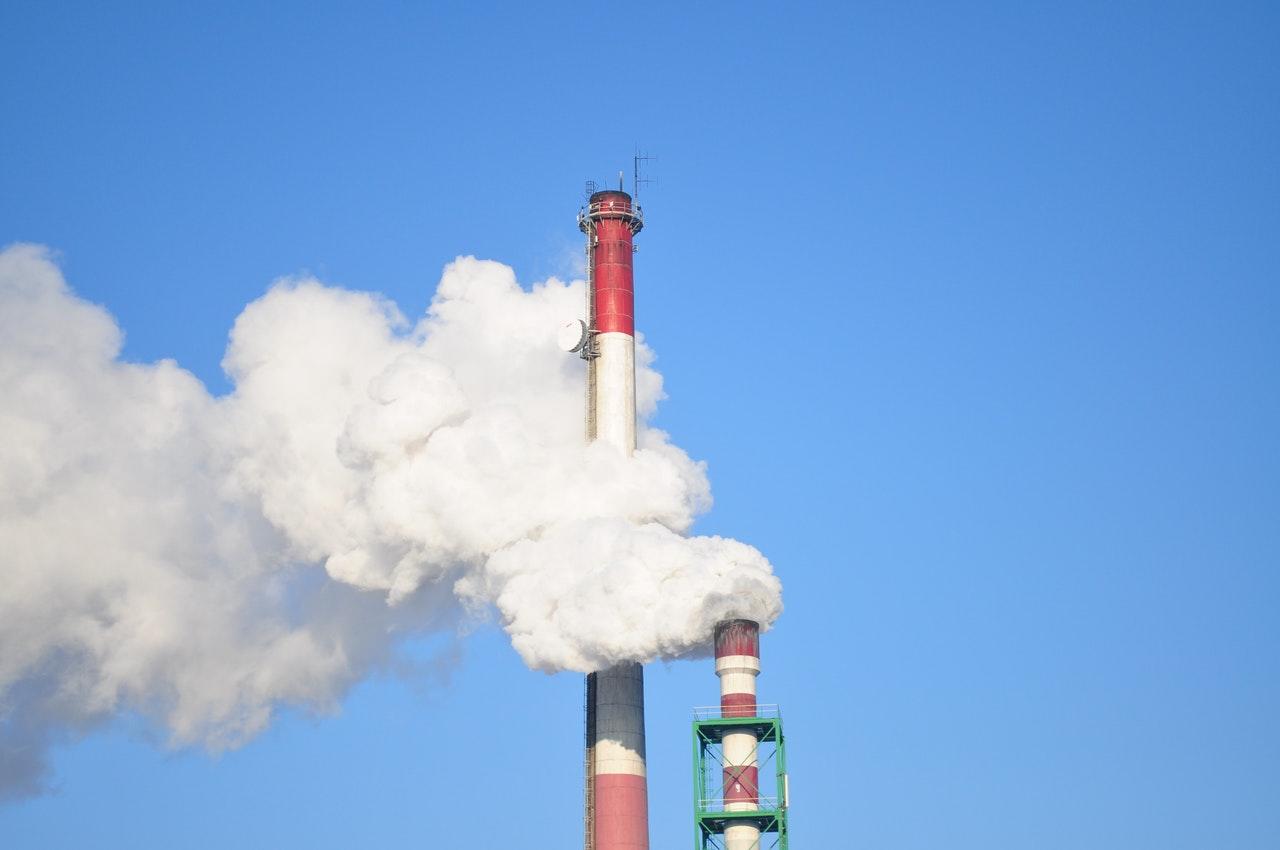Experts have called 2021 the year of common visualisation, collaboration and decarbonisation. James Dean, CEO at Sensat, highlights some of the trends we can expect for civil infrastructure in 2021.
Civil Infrastructure in 2020
2020 was largely unpredictable, but more certainty is anticipated for the year ahead, as the civil infrastructure industry confronts what’s next with more courage and conviction. Having adjusted to digital ways of working, being allowed to continue working on sites and stabilising after a tumultuous twelve months, the outlook is much brighter. Brexit is expected to present obstacles as businesses decipher the deal agreed, but new and reactivated investments, the acceleration of major UK infrastructure projects, as well as a continued buoyant housing market, will all contribute to an uplift in output and a more predictable year.
In turn, digital strategies within the civil infrastructure sector are starting to come to fruition, and civil infrastructure will continue on its journey towards digital and data-led digital transformation, largely underpinned by smarter data visualisation, project collaboration and decision-making that will drive a better built environment and decarbonisation, all from one platform.
Common Visualisation
The ability to visualise data in one common platform will be fundamental to civil infrastructure in 2021, not only for centralising all infrastructure data in one place, but making it more usable and understandable. Bringing accurate physical site data online enables greater analysis to drive better decisions and greater visibility into the management of business, operations and processes across all stakeholders.
Today, visualising and communicating data is an incredibly important aspect of infrastructure work and, when paired with engineering-grade data, has the power to unlock tremendous project efficiency at every stage of the asset lifecycle.
Collaboration and Consolidation
Forced primarily by the pandemic, but a huge positive from 2020, has been joint ventures, collaboration and a greater willingness to work together to get things done. Sensat believes that this collaboration will continue into 2021 as companies assess best practices and innovation to improve built infrastructure. With the ability for in-platform collaboration and consolidation, it has never been easier to share, overlay, annotate and analyse data to tackle challenges and make decisions.
Decarbonisation
As part of the UK Government’s commitment to reach net-zero emissions by 2050, the civil infrastructure industry will be more focused on reducing its environmental impact to build towards a circular economy that minimises wasted materials, reduces one-time data usage, while also reducing the destruction of our natural environment.
By better understanding data we can make effective design and planning decisions, which is more in balance with our natural world.



